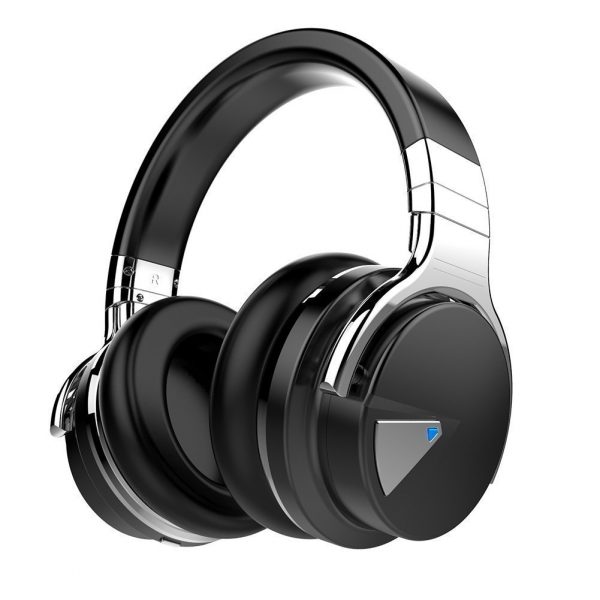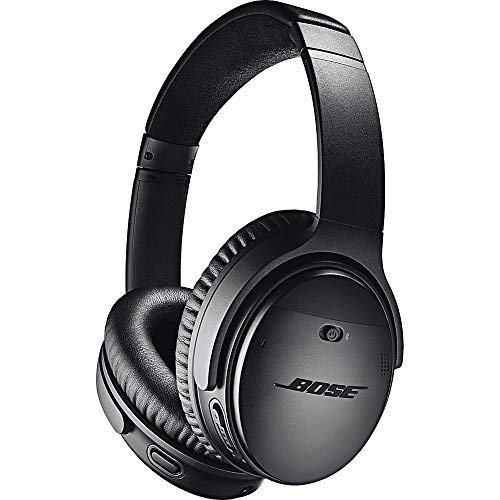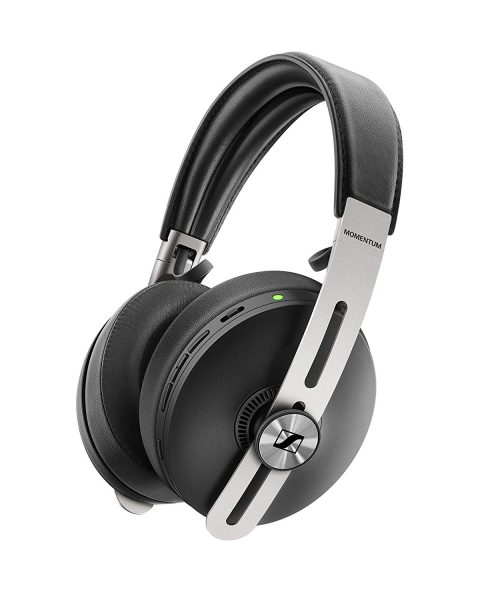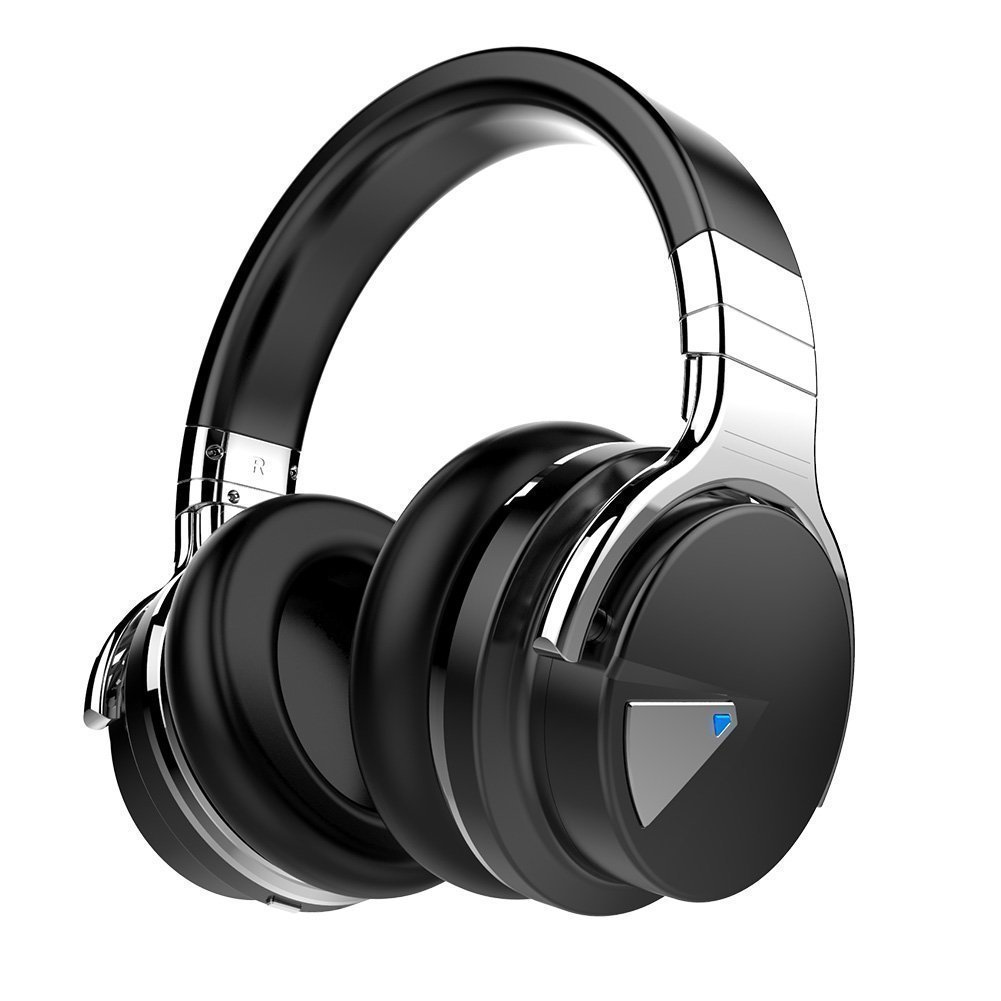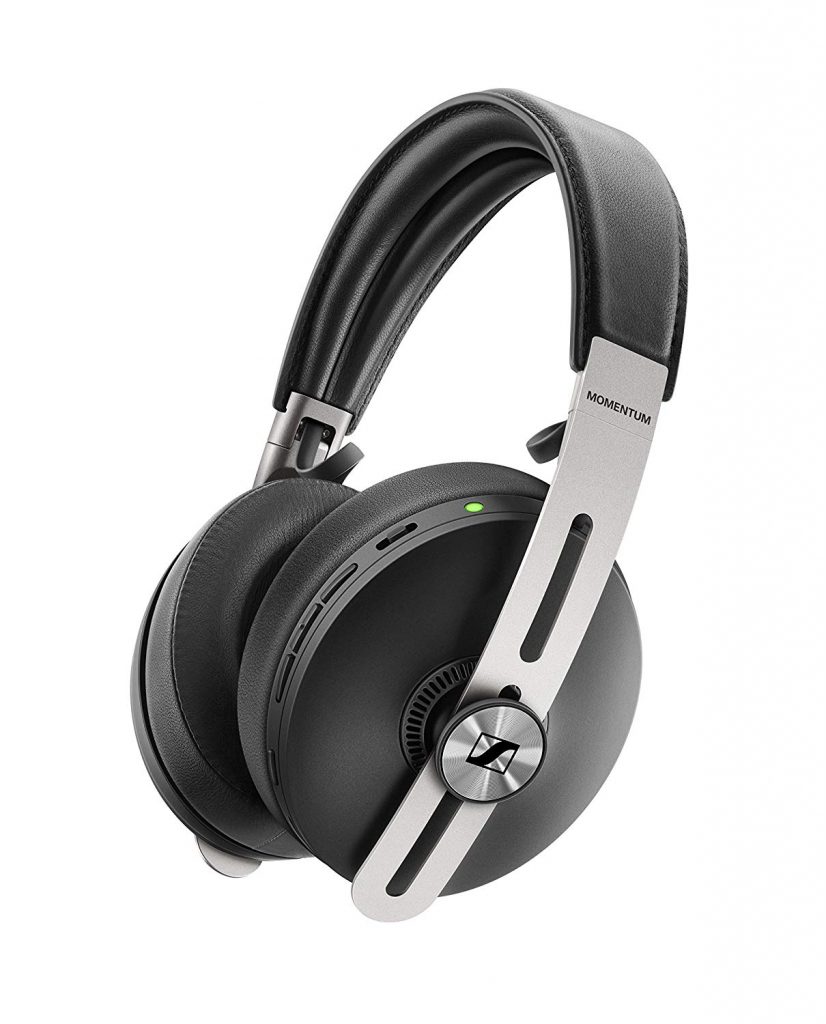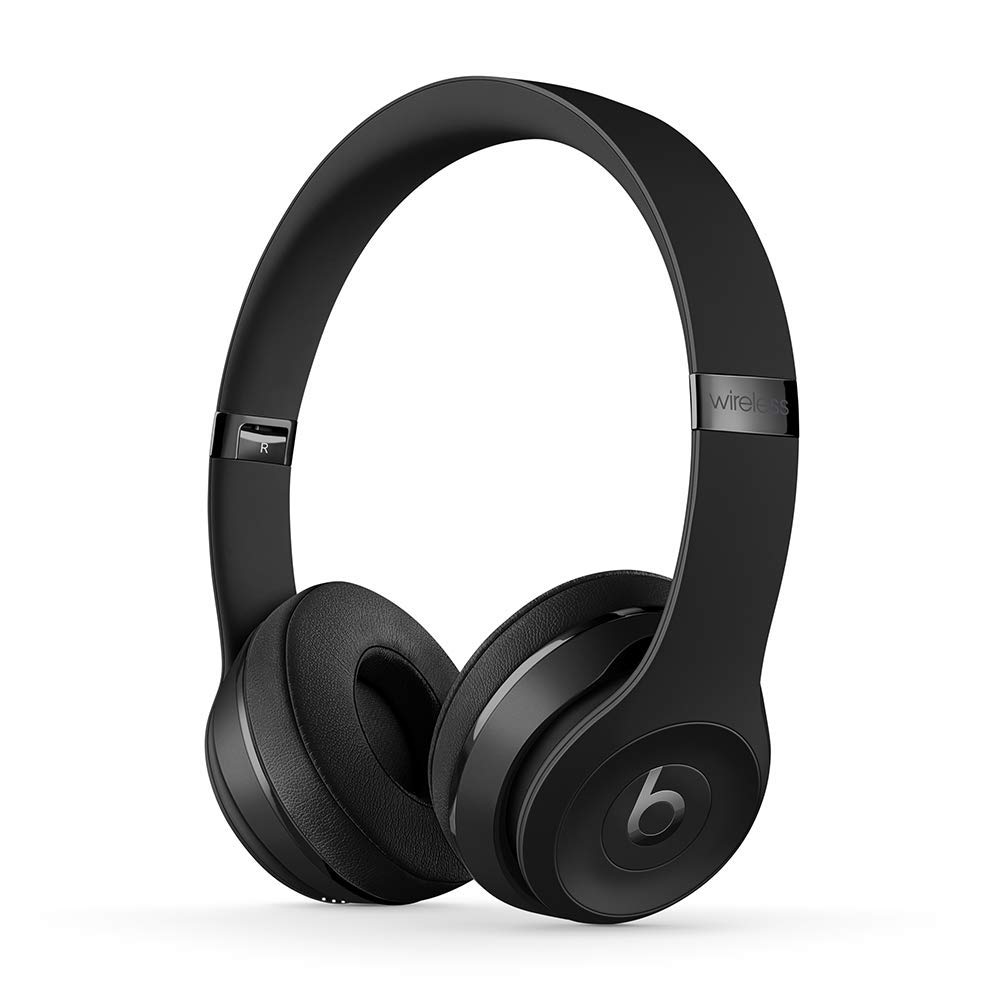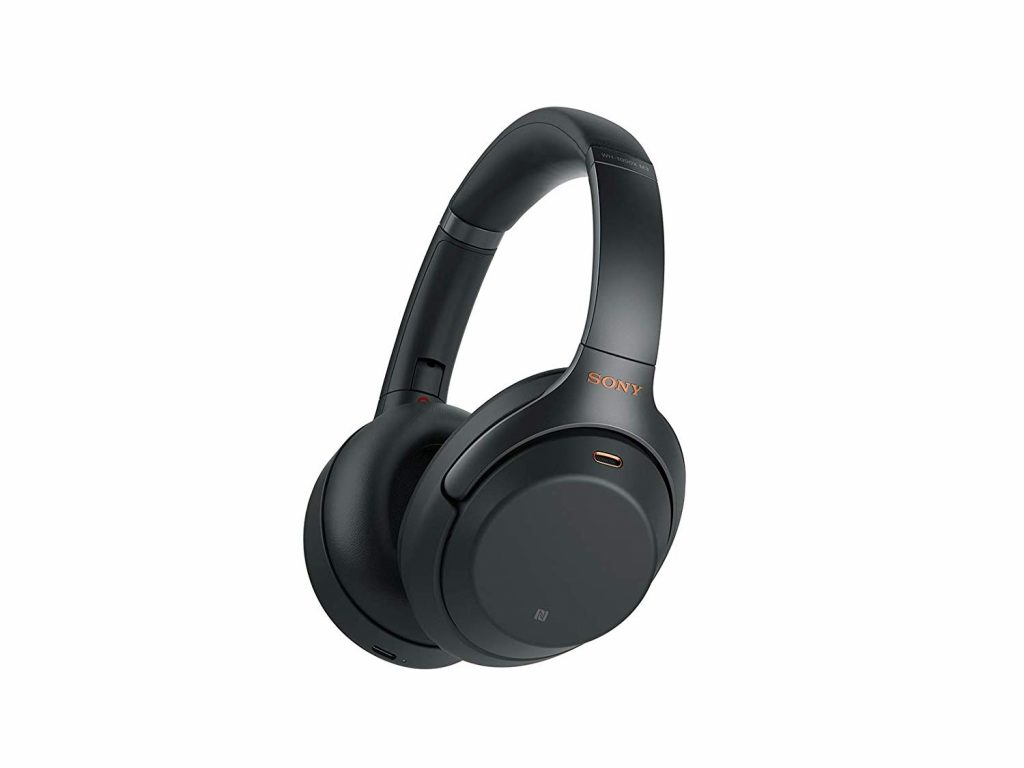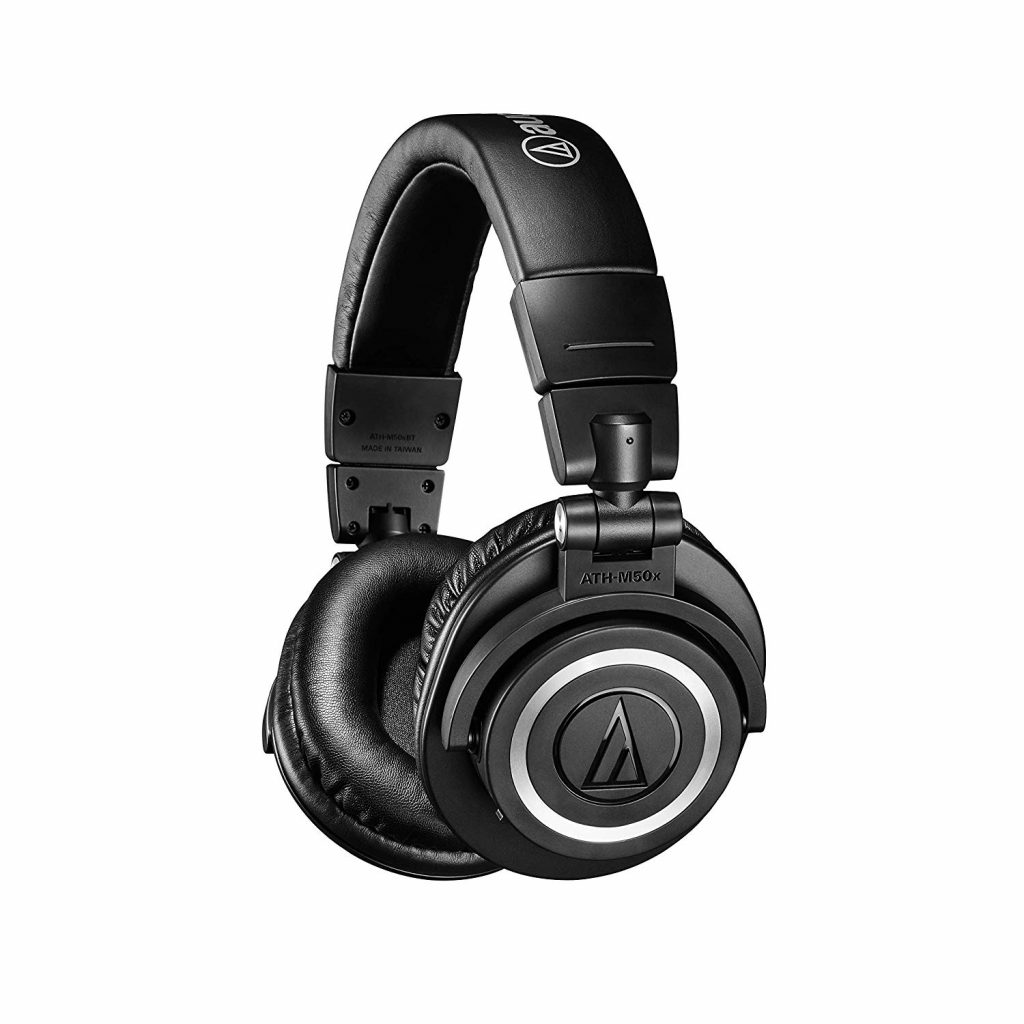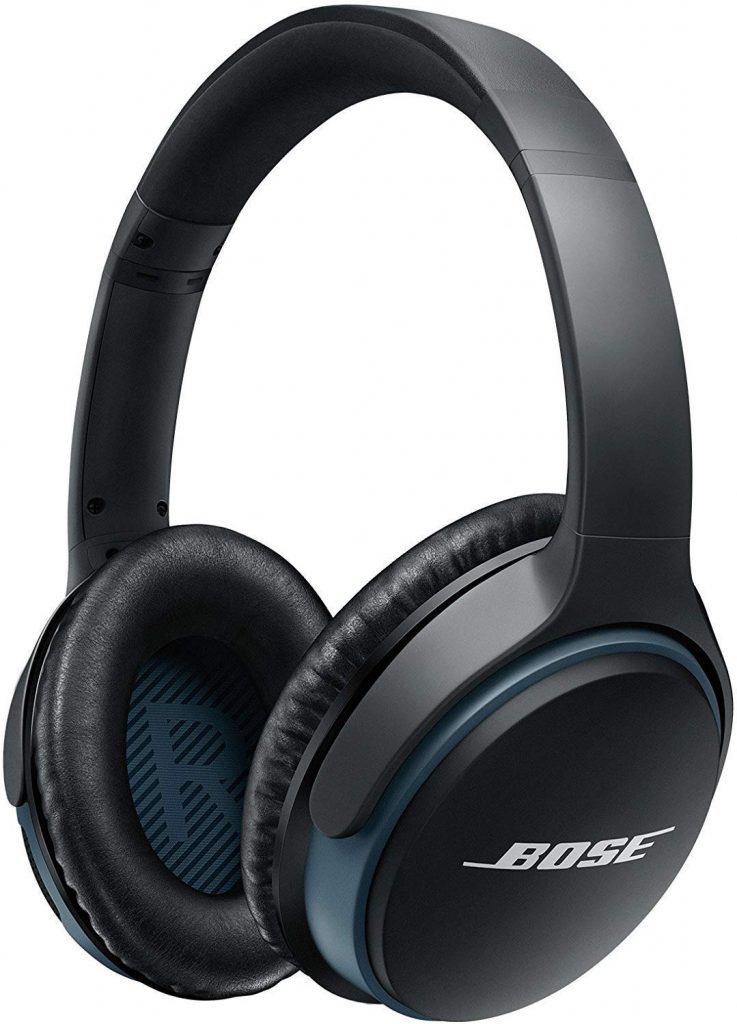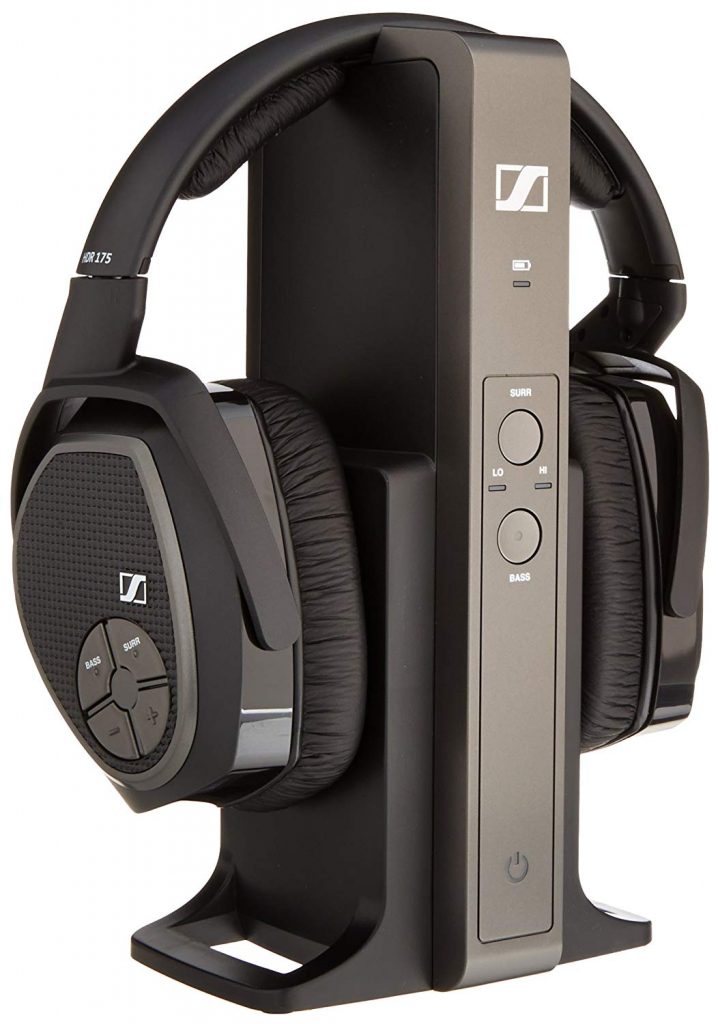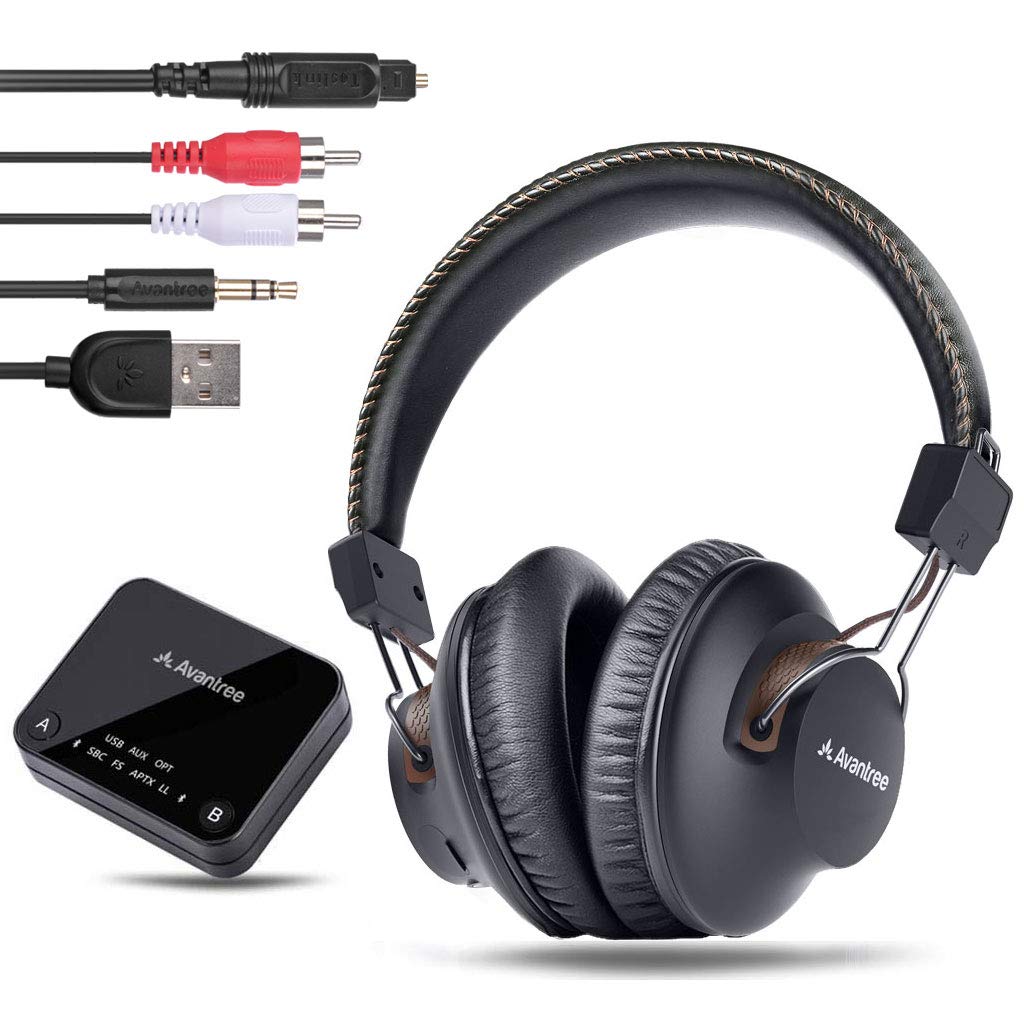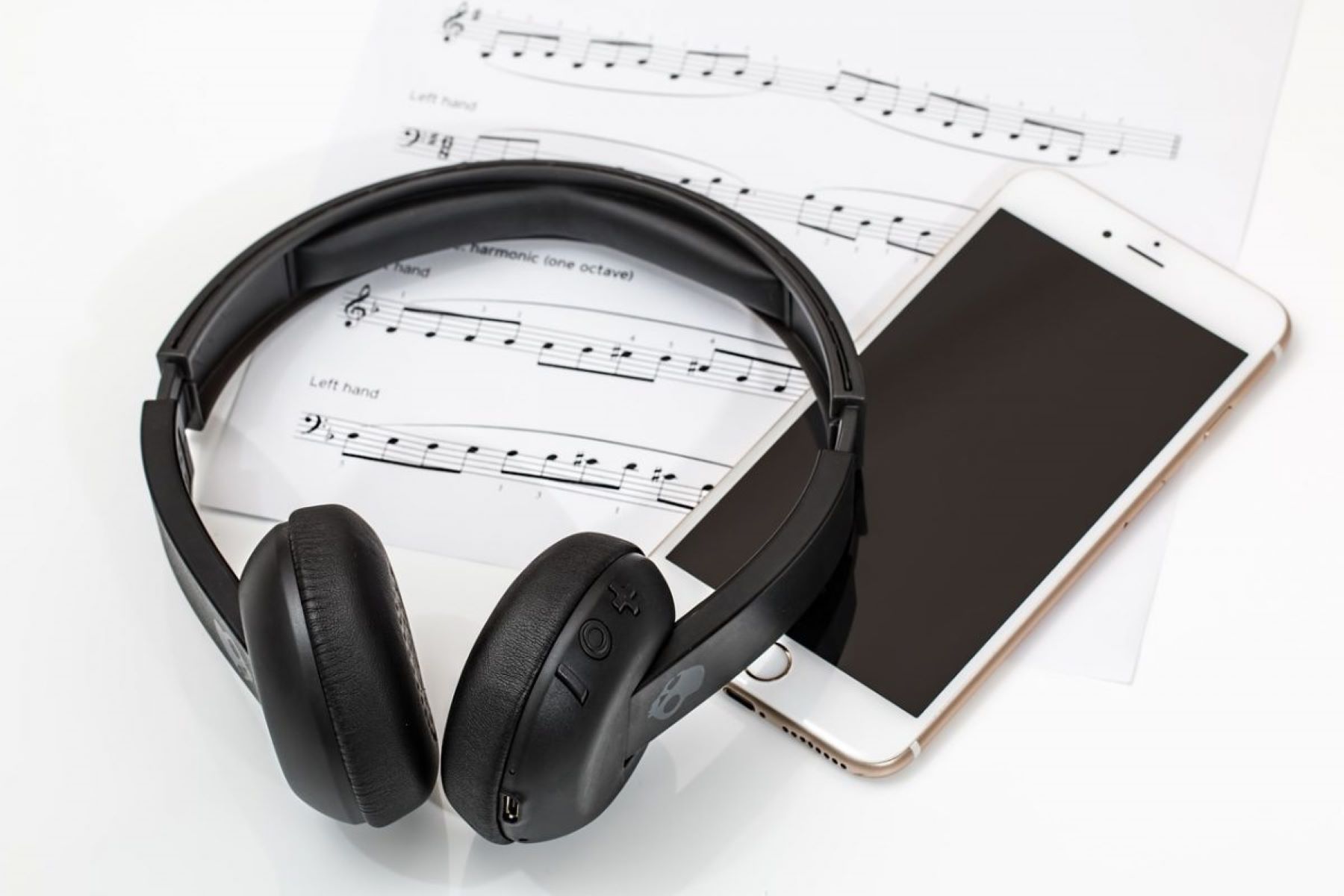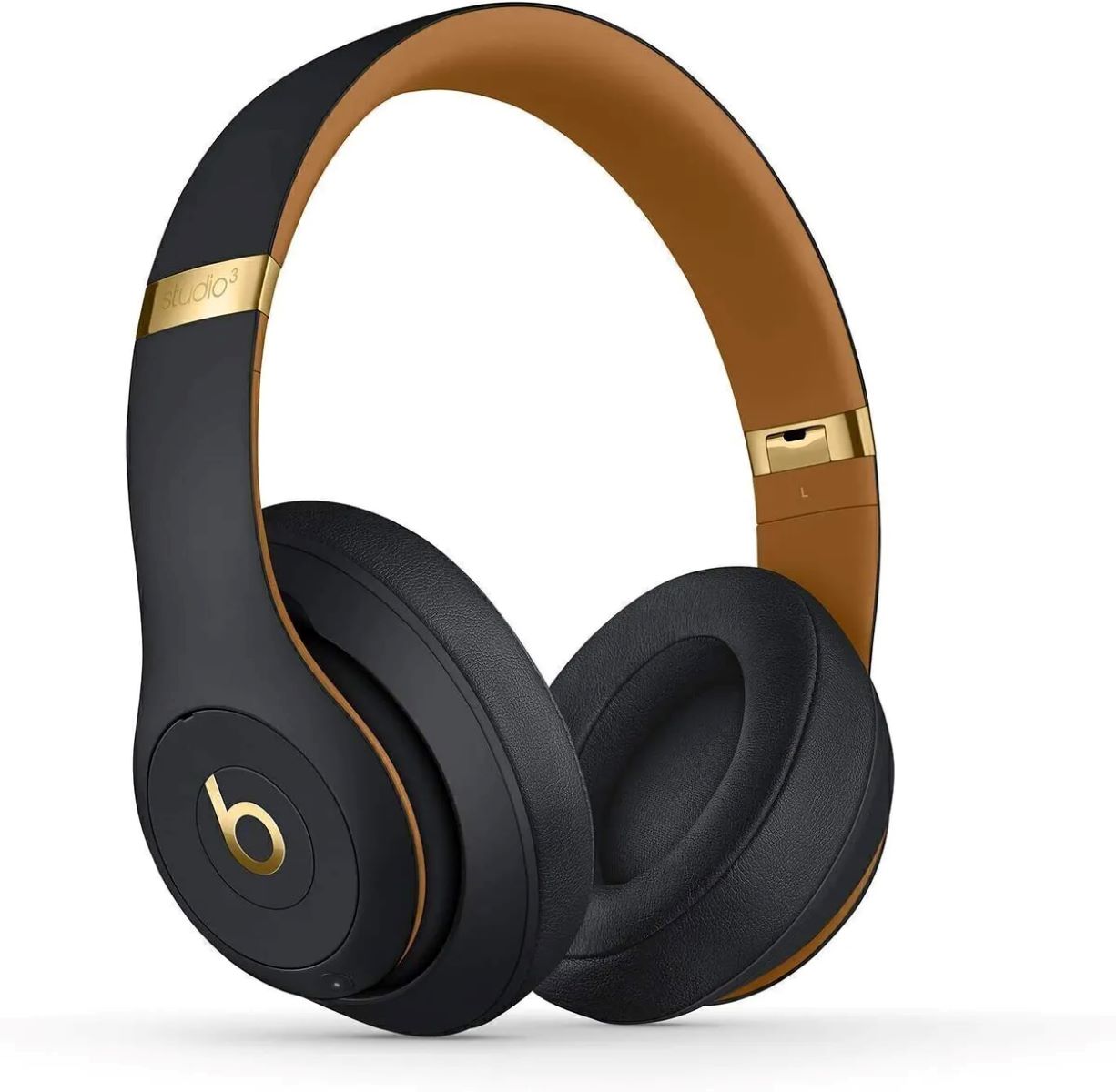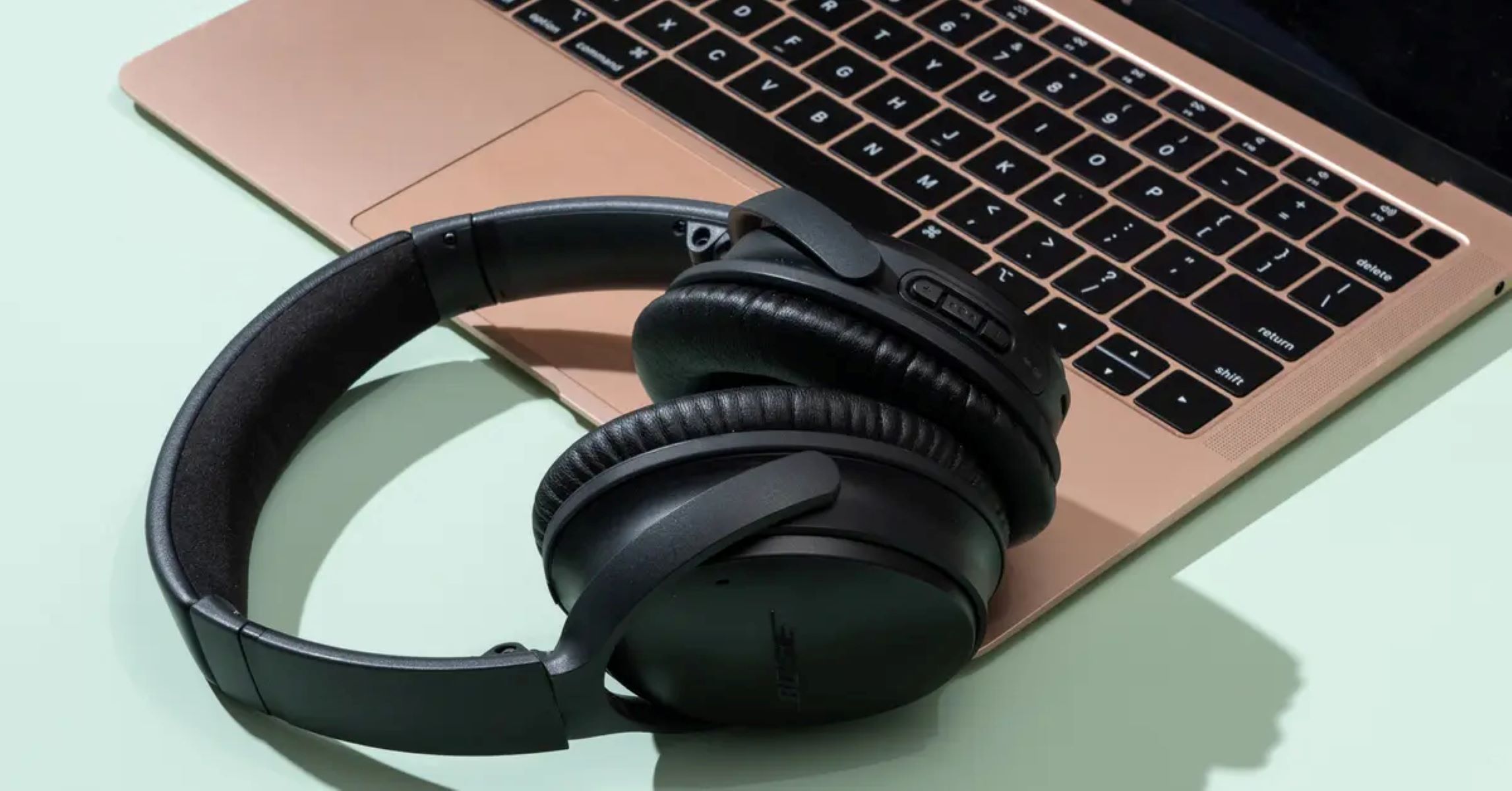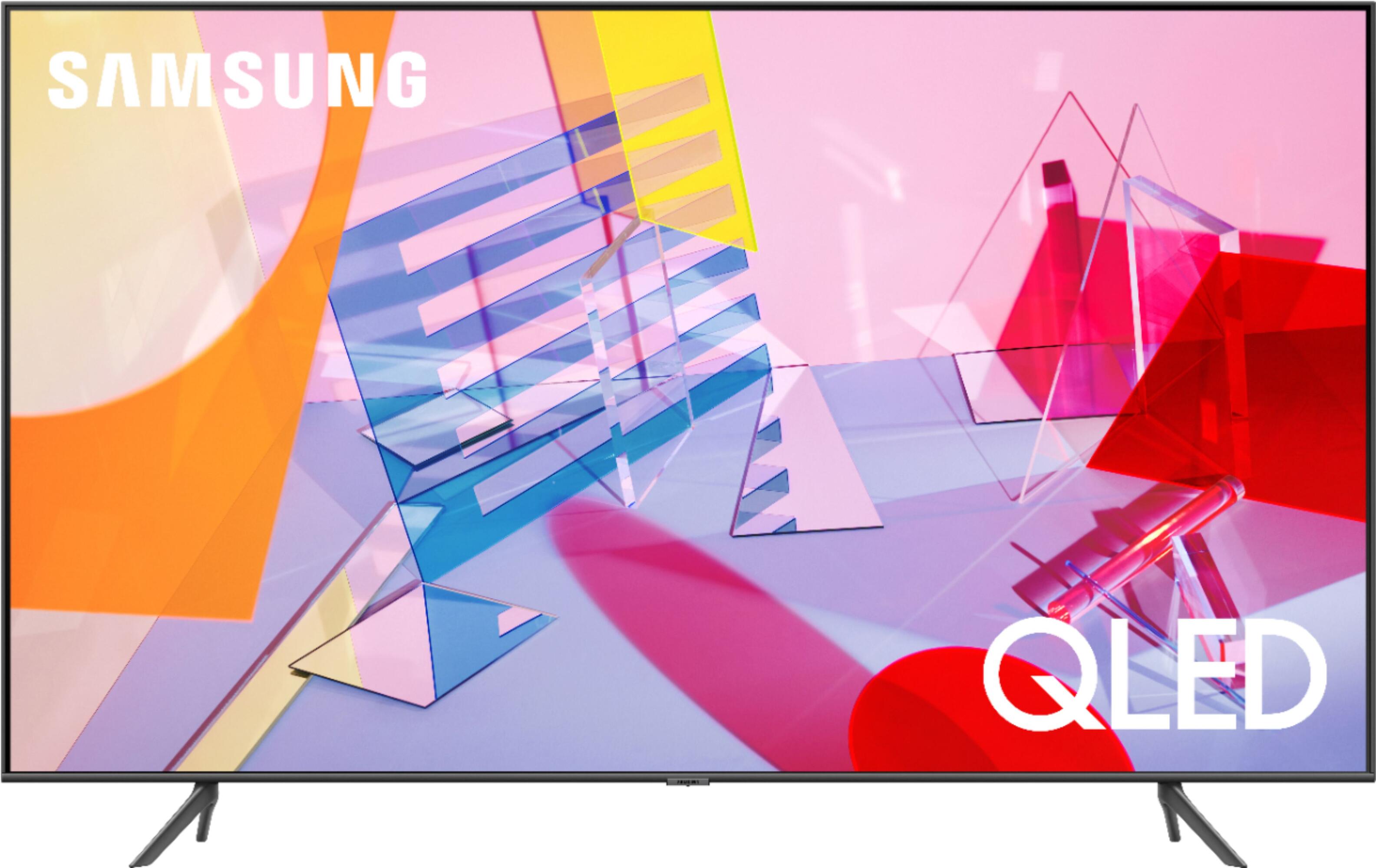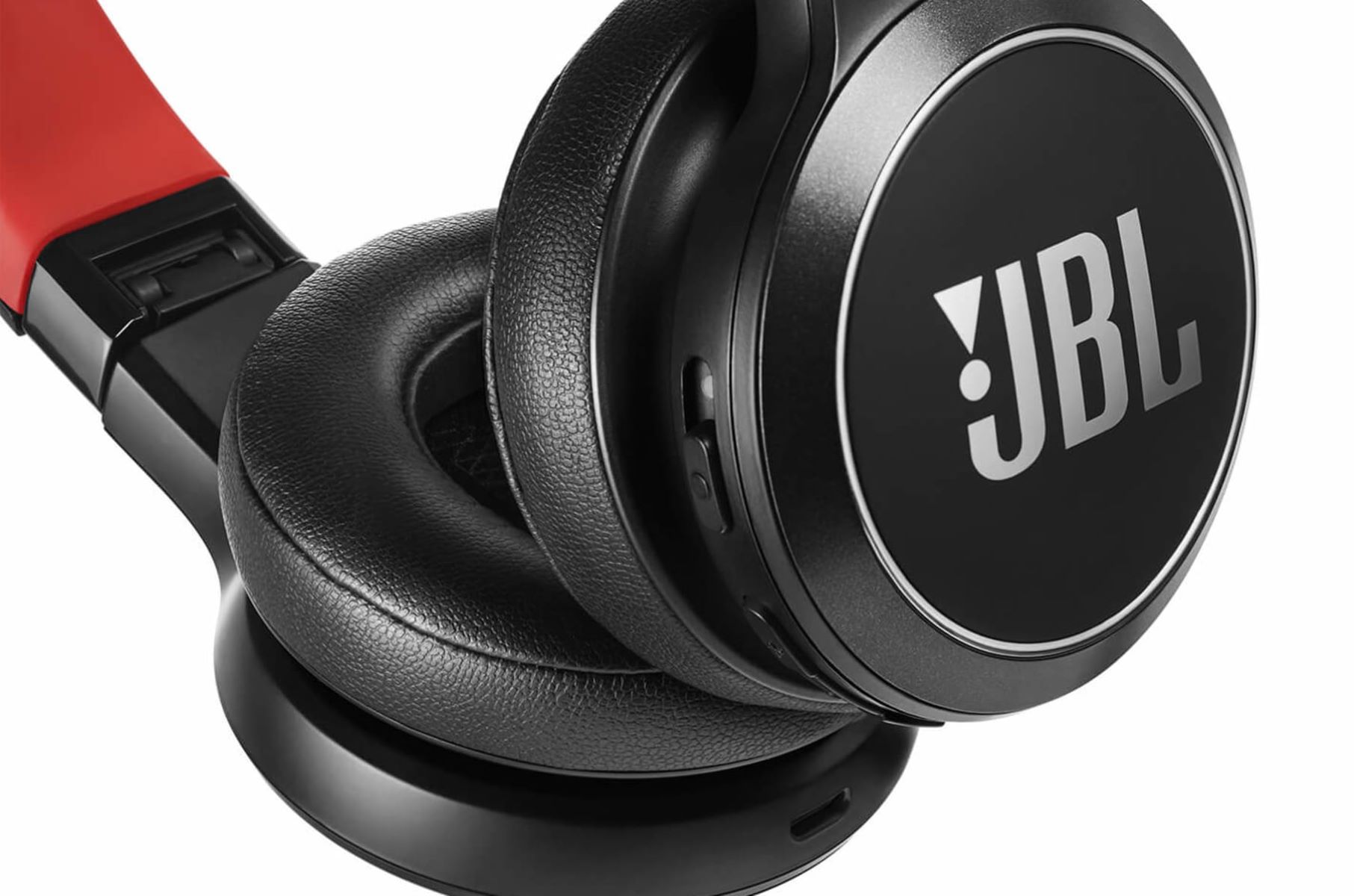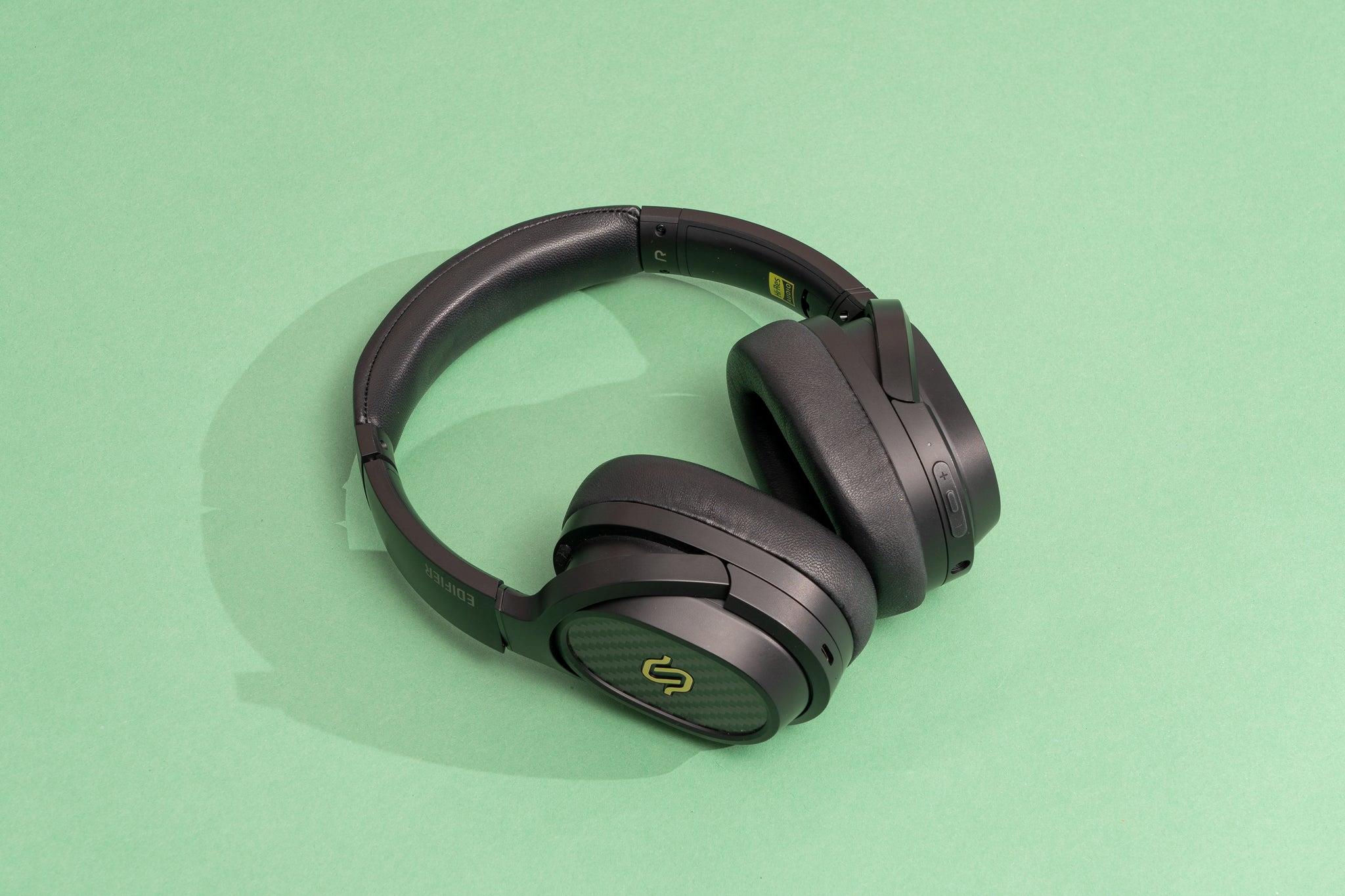The future is wireless. No one can deny that. This, of course, includes wireless headphones. They’re as common as almost any electronic device nowadays and for good reason. Who needs wires when you can get great sound without them? You can listen to music which sounds as good as with wired ones. It’s an amazing feeling.


- photo by MabelAmber for pixabay.com
But if you’re looking for the best fit for you, it can be tough. There are so many choices out there design, function, and price-wise. This guide will give you a few options to get you started, as well as the top three from all featured brands. So read on and find out which wireless headphones fit your needs!
The Best Wireless Headphones Today
These are several of the best wireless over-ear headphones currently on Amazon today. All picks are according to user ratings, like how many reviews they have and the average stars. That way, you can be sure that you’re getting the best of the best choices on the market. But keep in mind that this list is in no particular order.
Over 24,000 users on Amazon rate these wireless headphones a 4.5 out of 5. That’s an amazing track record for a product at its price point. Check out these headphones to enjoy wireless and noise-cancellation for an amazing price. 40 mm drivers deliver crisp, thumping bass and clear highs and mids. Also, it offers 30 hours of battery life on a single charge. Not bad, eh?
Bose and premium quality are almost synonymous now. And the QuietComfort 35 II is among the best in Bose wireless headphones. Check out these headphones to get an arguably best-in-class build and sound quality that few can match. You also get Amazon’s Alexa for hands-free operation on calls, music, and everything else. And lastly, you get access to Bose’s patented audio augmented reality (AR) feature via the Bose Connect App.
Sennheiser wireless headphones are the definition of the saying “you get what you pay for.” Check this offering from Sennheiser now on Amazon and own one of the best products of its kind in the market today. You get active noise cancellation that adapts to wherever you are. Sennheiser calls this “transparent hearing,” meaning you can still hear important sounds. Such a feature comes in handy in, say, an airport lounge where you wait for the boarding call. It also offers intuitive pause controls so your songs never miss a beat. The Momentum 3 is as premium as it can get.
Yes, Beats wireless headphones and the brand itself is still kicking. And one of their most popular current products is the Solo3 Wireless. The Solo3 is an on-ear headphone but doesn’t compromise sound and build quality at all. Check out this pair of headphones from Beats and have access to seamless audio control via Apple’s W1 chip. This allows for easy setup across Apple devices, and 5-minute fast charging to name a few. You won’t have to worry about pairing the headphones with your Apple devices as much.
Music lovers everywhere swear by the quality of these Sony wireless headphones. Check out Sony’s WH1000MX3 and you’ll get noise cancelation, Amazon’s Alexa, and Smart Listening to name a few. And due to the touch controls, no need for hard-pressing annoying buttons! All these come with the same industry-leading sound quality that Sony stands for. And for all the perks, you still get a massive 30 hours of battery life on a single charge.
A lot of people love them some Audio Technica. And the ATH-M50xBT is among the best in its class. Check these headphones out to enjoy the rich, full sound that comes from its insanely massive 45mm drivers. Not a lot of headphones out there can claim that. That is the kind of quality that makes these headphones a common sight in recording studios. They’re that good and there’s no sugarcoating what they can do. You can say that when it comes to headphones, Audio Technica can give Sennheiser and Bose a run for their money.
Bose ensures optimal isolation in these around-ear headphones. With enough isolation comes excellent sound immersion. Get these headphones from Bose and listen to your music as if you’re in an isolation pod. You’ll never listen to music the same way again because you’d always want it to sound like this. Bose claims that these are the best sounding wireless headphones to date, and users seem to agree.
Wireless Headphones For TV
What if you want to watch TV but can’t afford to wake everybody up? Wireless headphones for TV are your best bet. Chances are you own a TV with wireless capability. Owning one makes a lot of sense if you want to watch on a bigger screen without blaring the speakers. Here are a few choices to get you started on these specialized headphones.


- photo from imore.com
If you’re looking to enjoy a movie on your TV, these choices are as good as they come. If you want to learn how to download movies to watch or how to download music to listen to, we have guides written just for you.
Check out these headphones and get to experience a different level of audio immersion when watching TV. You get a bass boost and surround sound modes for extra oomph on movies and TV series. And you don’t need to worry about taking it off when you need to get your munchies from the fridge. These headphones have a massive 100-meter range, so don’t worry about disconnections. And these headphones don’t use Bluetooth which can be blocked by walls and people. It uses radiofrequency, hence the “RF” in the name. They use radio waves to transmit sound from the transmitter to the headphones. In this case, from your TV to your ears.
Avantree is up for a real competition with Sennheiser, but the HT4189 is no slouch. Check out these Avantree headphones if you don’t want to worry about compatibility issues with your TV. You can use these headphones in almost every modern TV set on the market today. Not to mention, they’re easy enough to set up and offer both wired and wireless modes. The range is also generous at around 100 feet, so you won’t have to deal with disconnections. And last but not least, the HT4189 features a Qualcomm processor that eliminates a ton of audio lag.
How Do Wireless Headphones Work?
To know how wireless headphones work, you must understand the tech behind them. Most if not all use Bluetooth technology. There are different versions with the latest being Bluetooth V5.0, but they all work the same. But we’ll take a look at other options aside from Bluetooth as well, for comparison.


- photo from jebiga.com
Bluetooth


- photo from Digital Trends
Bluetooth is like the standard for most wireless audio technology. It’s a type of radiofrequency that operates at low power. That way, it doesn’t interfere much with other frequencies. Each Bluetooth sender/receiver has a unique “address” that the other can discover. If you accept the pairing request, you connect the devices. And since Bluetooth doesn’t need a lot of power, the tech can fit inside modern headphones. No need for an external transmitter, like the next tech on this list.
RF

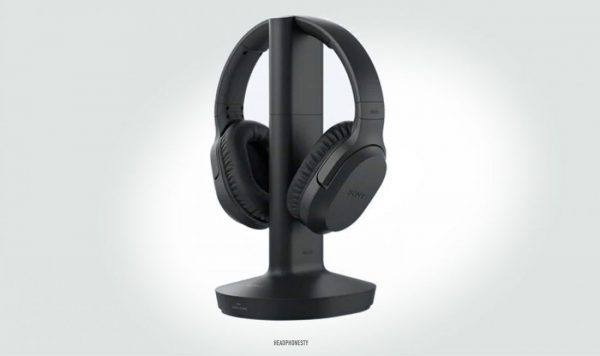
- photo from headphonesty
Consider RF as Bluetooth on steroids. It operates at a higher frequency, and thus needs more juice than what a built-in battery can provide. This allows RF headphones to work across distances far beyond Bluetooth reach. It’s like tuning in to a radio station where only your headphones can pick up the sound. To work, RF needs an external transmitter to connect headphones to a TV. You plug the transmitter module to the TV through an audio port. Turn it on along with your headphones, and wait a few seconds for the connection to finish.
Infrared

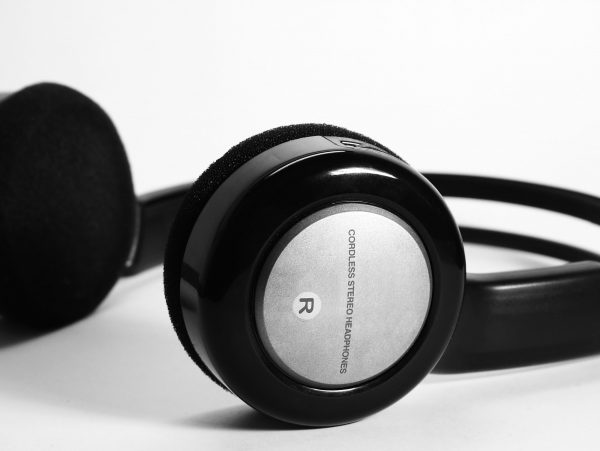
- photo from TwoWaySignal
Unlike the first two technologies, IF doesn’t use radio waves. It uses light. To work, IF devices must line up so nothing can block the line of sight between sensors. It’s like you’re pointing an invisible laser at a sensor, which connects both devices. This technology allows for the best sound quality at zero interference. It’s as close to the sound quality you can get with high-end wired headphones. But the drawback, though, is its limited range at around 10 meters.
Getting Connected
Now that you’re aware of how these headphones work, it makes sense to learn how to connect them. It varies between wireless tech, and here they are from the easiest to the hardest.


- photo by sweetlouise for pixabay.com
Connecting Bluetooth Wireless Headphones
This is the simplest of the three. You have a smartphone, PC, or tablet that has Bluetooth. But if you’re unaware, don’t worry. Here’s what you need to do.
- Turn on both Bluetooth devices, aka your headphones and your phone/computer.
- Scan for new Bluetooth devices on your device. Wait for the headphones to appear on the scan.

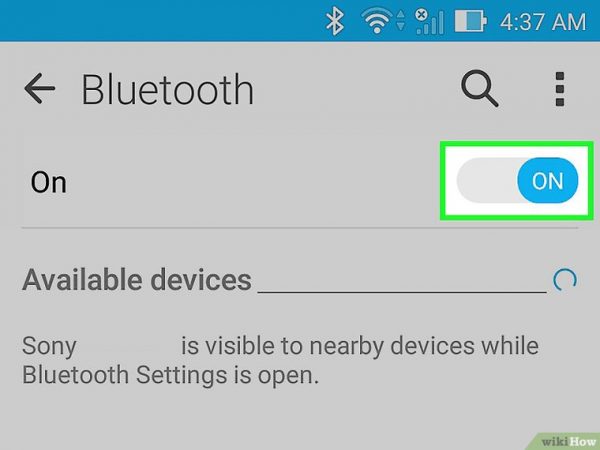
- photo from WikiHow
- Once you see the headphones, tap on the headphone’s name to pair it.
- Unless you have a pairing password, pairing is easy.
Connecting IF Headphones
Infrared technology is a little trickier. Remember that it only works if you have a clear line of sight between the sensor and your headphones. Cut that line of sight and your headphones will disconnect. But the payoff is you can enjoy the best sound quality possible on wireless headphones.
- Turn on the infrared transmitter and your headphones.
- Since IF isn’t as widespread as Bluetooth, you won’t have as much interference when pairing the two devices. Your headphones should link with the transmitter automatically.

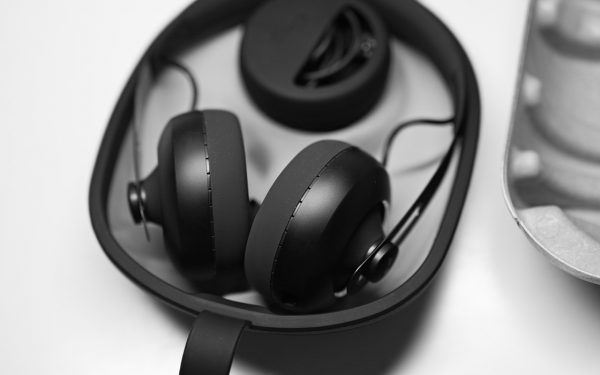
- photo by Dozzzzz for pixabay.com
- Make sure that you never cut off the line of sight.
Connecting RF Headphones
First things first: you’re not supposed to use radiofrequency (RF) headphones like normal headphones. You can only use them on a TV for quiet viewing. That’s because you need yo power up and connect an external RF transmitter to use them. Here is a general way of connecting RF headphones.
- Connect the RF transmitter to your TV audio port, then turn it on.

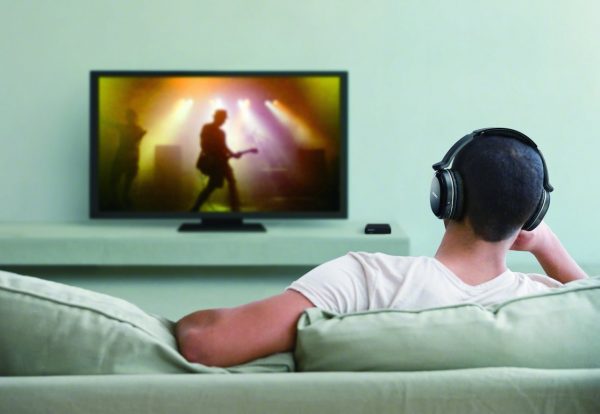
- photo from Improb
- Turn on your headphones and wait for the devices to connect.
- Wait for the connection to finish, then adjust the volume on your headphones for comfort. Or use the TV’s volume, whichever applies to you.
Which Wireless Headphones Are For You?
You can pick from IF, RF, or Bluetooth. But your choice should depend on what you intend to use the headphones for the most.
- Go for Bluetooth if you’re a typical modern user. Bluetooth is widespread technology in modern headphones. It’s fast, reliable, and produces great music quality. And you don’t have to worry about wires and external transmitters.
- Go for IF if you’re going to be in specific activities or places. Say, a long car ride. IF’s limited range is even smaller than Bluetooth so it makes sense to use IF headphones while in a car. Or, if you want to watch TV in a smaller room where you won’t need to move around much. Again, line-of-sight sensors are finicky.
- Go for RF if you want maximum range, but don’t intend to use the headphones outside. You can use them around the house if you want to watch movies or series on your TV without being noisy. It comes in handy for when you need to grab a quick bite in the kitchen, and you don’t want to take off the headphones.
Final Thoughts

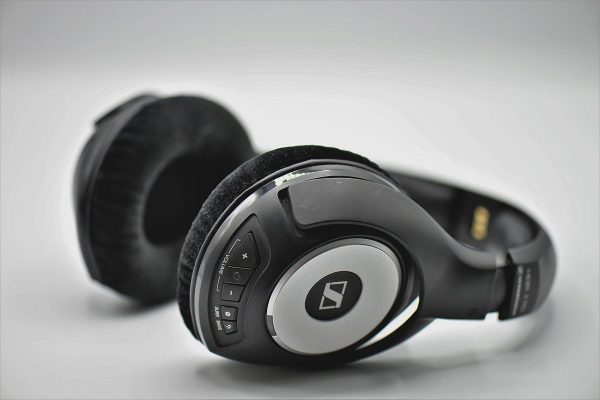
- photo by HOerwin56 for pixabay.com
Wireless headphones are excellent pieces of modern tech. While the sound quality isn’t equal to wired headphones, they come pretty close. Forget about wires and the hassle of untangling them. You can keep your tunes to yourself for full, unbridled attention.



